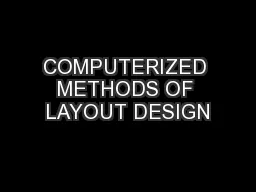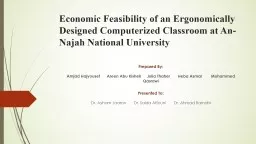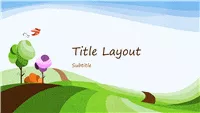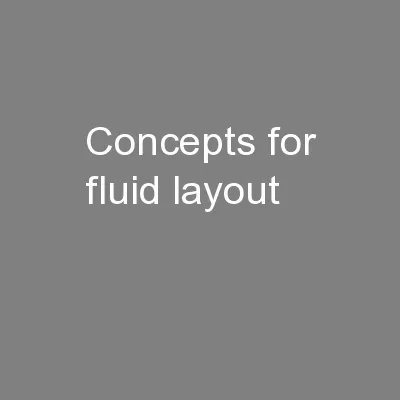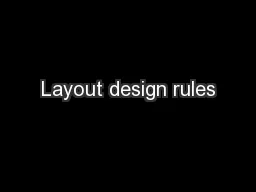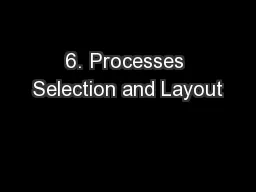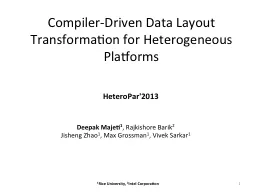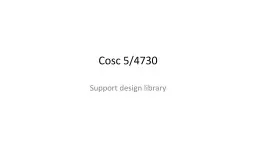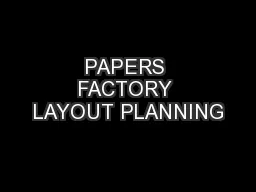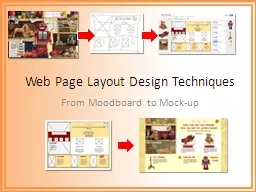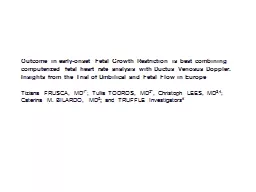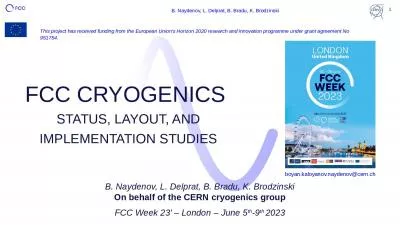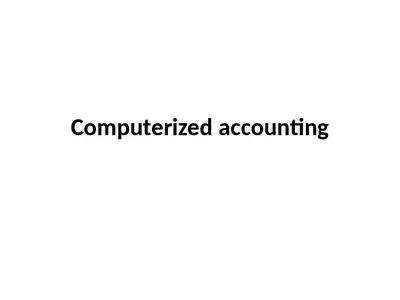PPT-COMPUTERIZED METHODS OF LAYOUT DESIGN
Author : conchita-marotz | Published Date : 2015-10-07
In Computerized methods of Layout Design we have two types of Algorithms ie Constructive Type Algorithm Improvement Type Algorithm 2532013 1 lec 11 amp 12 COMPUTERIZED
Presentation Embed Code
Download Presentation
Download Presentation The PPT/PDF document "COMPUTERIZED METHODS OF LAYOUT DESIGN" is the property of its rightful owner. Permission is granted to download and print the materials on this website for personal, non-commercial use only, and to display it on your personal computer provided you do not modify the materials and that you retain all copyright notices contained in the materials. By downloading content from our website, you accept the terms of this agreement.
COMPUTERIZED METHODS OF LAYOUT DESIGN: Transcript
Download Rules Of Document
"COMPUTERIZED METHODS OF LAYOUT DESIGN"The content belongs to its owner. You may download and print it for personal use, without modification, and keep all copyright notices. By downloading, you agree to these terms.
Related Documents

